For Estonians, Christmas combines traditional, modern, secular, and religious.
Where do most people go on Christmas Day?
What must not be missing on the Christmas Eve table?
What is the name of the old man who brings gifts to children?
Our article will tell you everything about how Christmas is celebrated in Estonia.
When is Christmas celebrated in Estonia?
As in most other Nordic countries, the main Christmas celebrations in Estonia fall on Christmas Day, or Jőululaupäev. In the folk calendar, Christmas time began on St. Thomas’ Day on December 21 and lasted until Epiphany on January 6.
In folk tradition, Christmas has a double meaning. On the one hand, it marks the birth of Christ, and on the other hand, it marks the whole period of holidays in the middle of winter. While Estonians mostly spend Christmas Day and Christmas Day with their families, they visit relatives and friends on Boxing Day.
In Estonian, Christmas is referred to by the word jūlūd. In some places in southern Estonia, the term talvistepüha (winter holidays) is also used to refer to the Christmas holidays, probably an influence from neighboring Latvia, where Christmas is called Ziemas svetki (winter holidays).
Do you know Estonian Christmas traditions?
Pigs were often slaughtered in the past, and beer was brewed in Estonia in preparation for St. Thomas’s Day. Some activities, such as grinding in a mill, spinning, or riding a horse, were forbidden because they were noisy and could disturb the “good spirits.”
Divination was often performed on Christmas Day. The weather for the next year was predicted using the stars and frost. Leftovers from Christmas dinner had to stay on the table all night, just as the fire had to burn in the fireplace. It was believed that on Christmas night, good and evil forces moved, and the ancestors visited the house.
Another well-known tradition is going to the sauna on Christmas Day. The traditional Christmas tree is a fir or pine, often decorated with straw ornaments. Why are straw Christmas decorations so popular in Estonia and other countries?
Every year on December 24, the mayor of Tallinn proclaims Christmas peace from the balcony of the medieval town hall. This tradition originated in the seventeenth century at the behest of Queen Christina of Sweden.

Who brings the children’s presents?
In Estonia, children are brought gifts by Jõuluvana, or Old Man Christmas, who is said to have a big belly, a long white beard, glasses, and black shoes. He leaves presents under the tree. However, children receive small gifts throughout Advent.
At the beginning of the festive season, they put stockings on the windowsill or fireplace, and every day until Christmas Day, an elf comes to them and puts small gifts in the form of sweets or fruit. Angry children can get potatoes or onions instead.
Discover similar tips
What is eaten in Estonia at Christmas?
According to an old tradition, seven to twelve dishes were served on Christmas Eve. Traditional Estonian Christmas food is bloody intestine with sauerkraut.
Other Estonian Christmas dishes include roast pork with potatoes, potato salad, and smoked eel. Mushrooms, cucumbers, and various pickled vegetables are usually found on the table. Gingerbread cookies are also very popular in Estonia at Christmas. Fruits include tangerines and apples. The most popular Christmas drink is Christmas beer and mead.
Just as we bake Christmas cookies, Christmas in Estonia is characterized by a kringel or a Christmas wreath made of yeast dough with cinnamon.
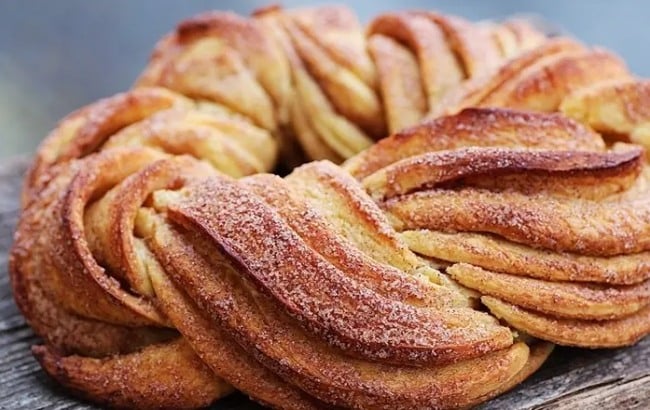
How to prepare a Christmas gut?
While we can’t imagine Christmas without carp, Christmas in Estonia is typical of the bloody gut.
Ingredients:
- 24 oz of pork
- 44 oz of barley groats
- 1 cup of onion
- 2 cups of pig blood
- marjoram, oregano, cumin to taste
- salt and pepper to taste
- 12-15 casings
Method:
- Boil the rinsed barley groats in salted water for about 45 minutes.
- Drain and place in a large bowl.
- Add marjoram and salt, mix well, and set aside.
- Cut the pork into small pieces and place in a pot with a small amount of water.
- Start heating.
- When the pork starts to brown, add the chopped onion and cook for 30 minutes.
- Then add the cooked pork and onion to the barley.
- Mix well and season to taste.
- Allow the mixture to cool, then add the blood, stirring carefully to avoid foaming.
- Prepare the casings by rinsing them twice and soaking them in water.
- Place a funnel on one end of the casing and start filling it with the intestinal mixture.
- Don’t overfill the casing; it’s best to fill it less than three-quarters full and ensure there’s room at both ends.
- Tie both ends of the casing with string.
- Boil the intestines in hot water for about 15 minutes.
- Place the cooked intestines on a tray and let them “dry.”
- Then place them on a greased tray and bake for about an hour at 338 °F until they are crispy and cooked.
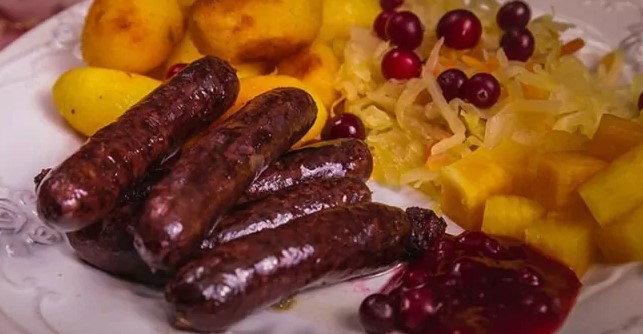
What places to visit in Estonia at Christmas?
Christmas in Estonia is also very impressive, thanks to the frequent snowfall. In addition, Estonians enjoy the rich Christmas decorations of the cities, and the atmosphere is, of course, also enhanced by the advent markets.
- Tallinn – Estonia’s capital- is an exciting and charming mixture of history and modernity. The old town is magical, especially in the run-up to Christmas. The narrow streets are lined with architectural gems from the 13th to the 16th centuries, a medieval defensive wall surrounds the beautiful heart of the city, and charming cafes and small craft shops are hidden in the mysterious courtyards. Everything is beautifully decorated for Christmas, and every year in the main square, you will find the most beautiful Christmas tree in Estonia and typical Advent markets. Ice skating at the local rinks is also tempting.
- Kuressaare—The spa town of Kuressaare on the island of Saaremaa offers an entirely different Christmas experience. Impressive is the Christmas-decorated bishop’s castle, which is said to be the best-preserved fortress in the Baltics.

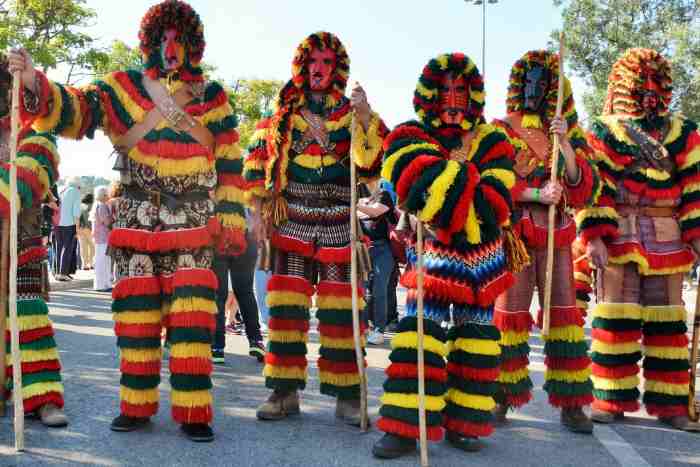
 Milan & Ondra
Milan & Ondra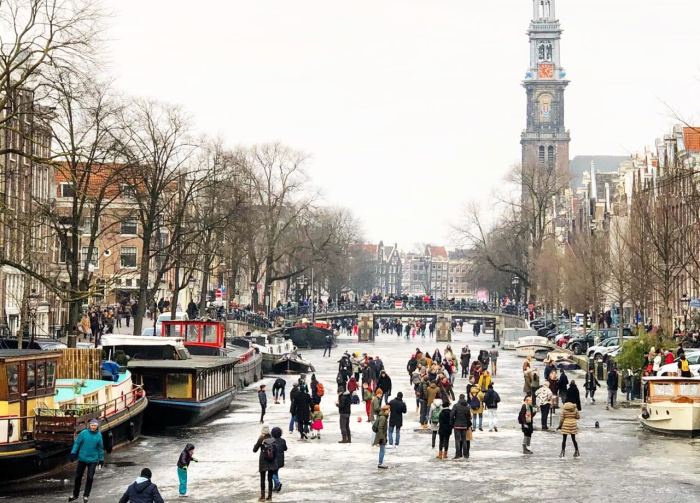
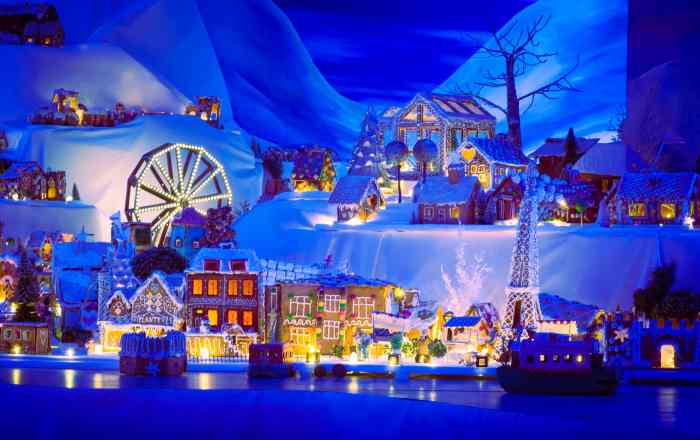
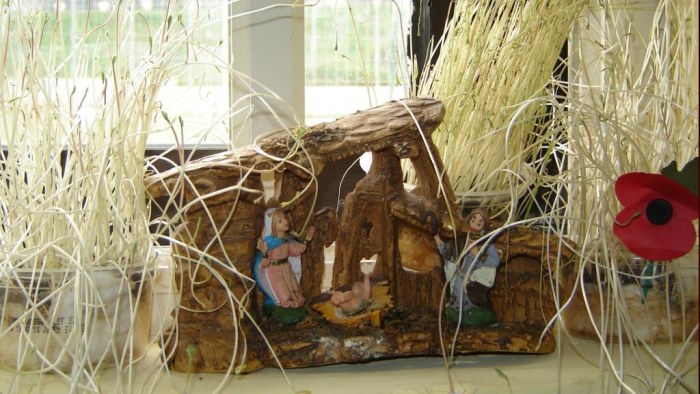
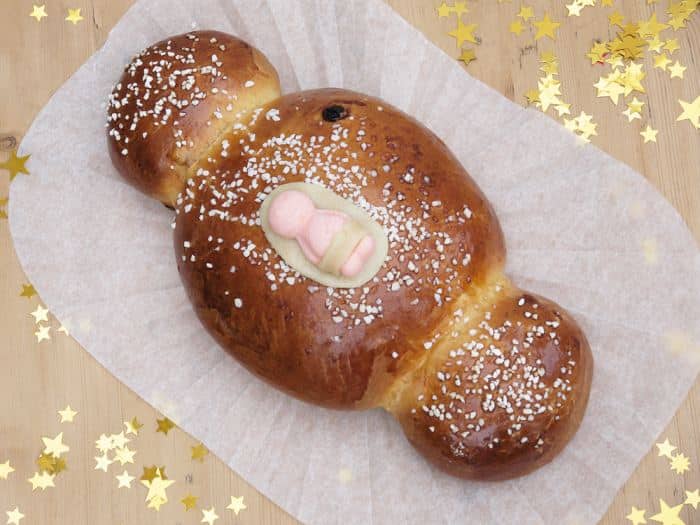
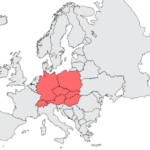 Central Europe
Central Europe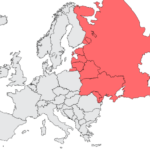 Eastern Europe
Eastern Europe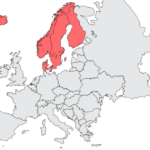 Northern Europe
Northern Europe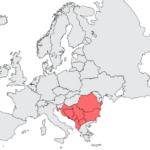 Southeast Europe
Southeast Europe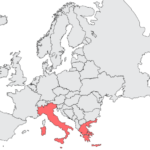 Southern Europe
Southern Europe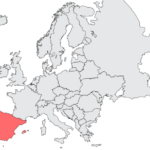 Southwestern Europe
Southwestern Europe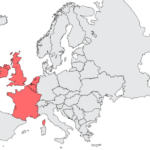 Western Europe
Western Europe